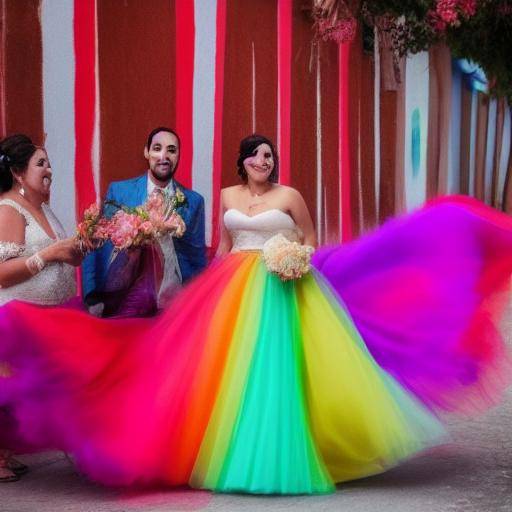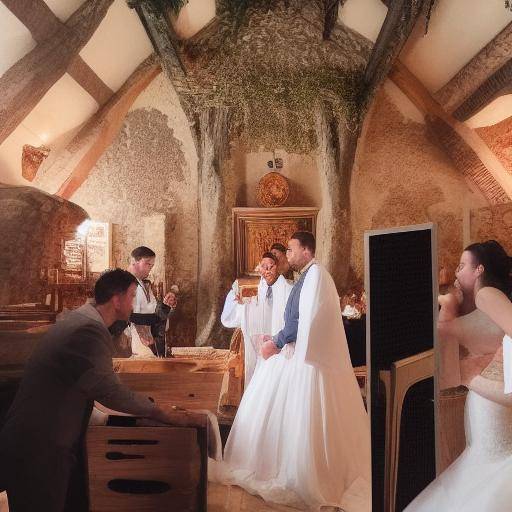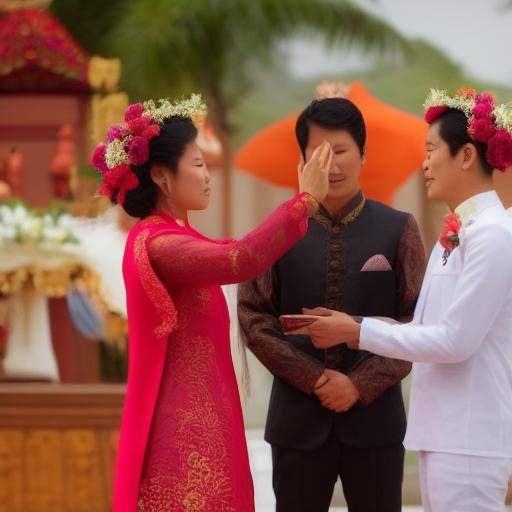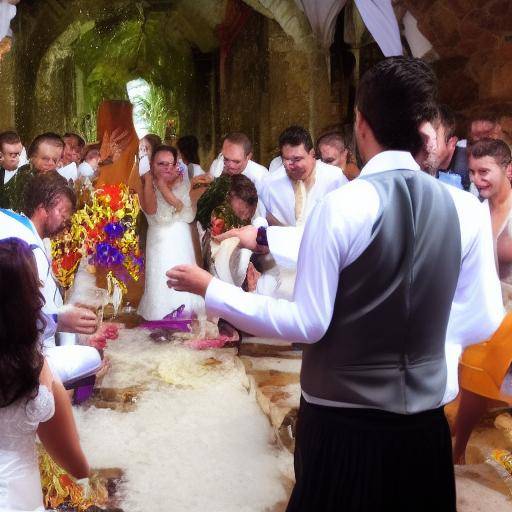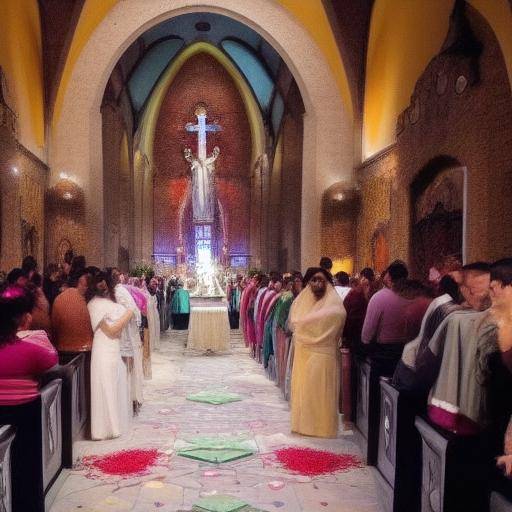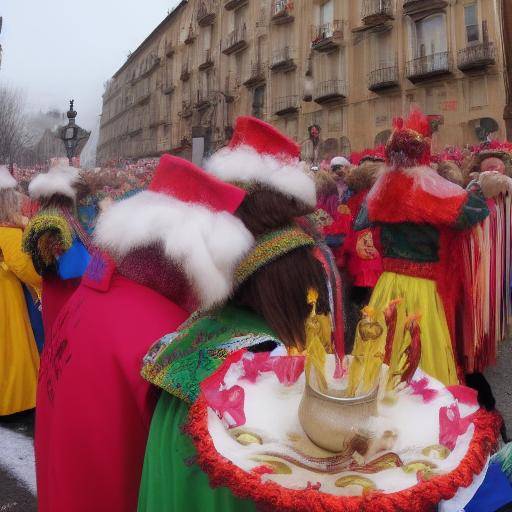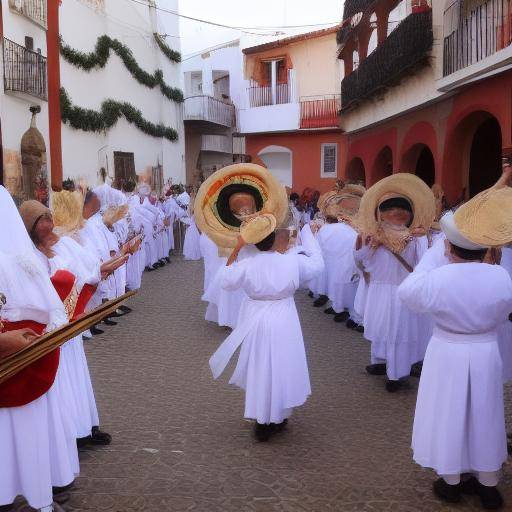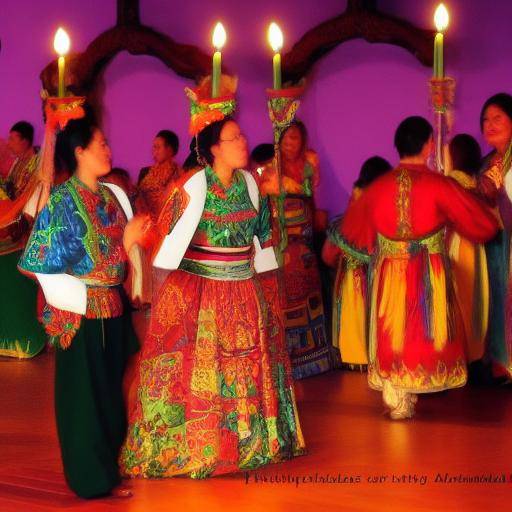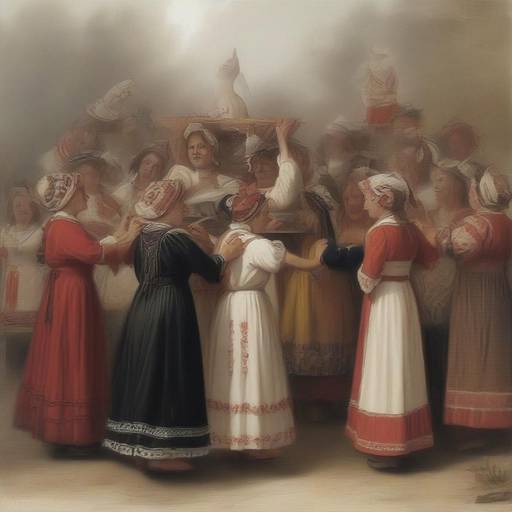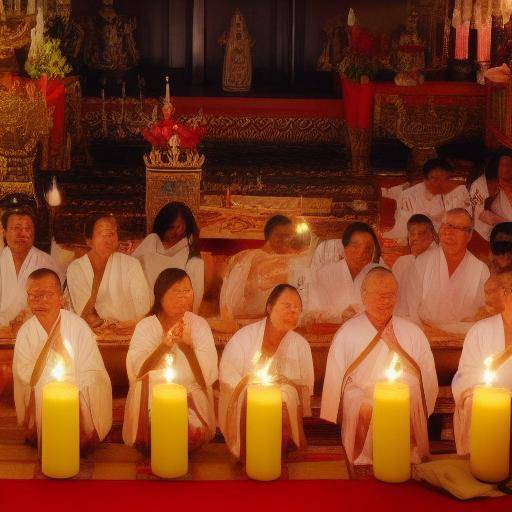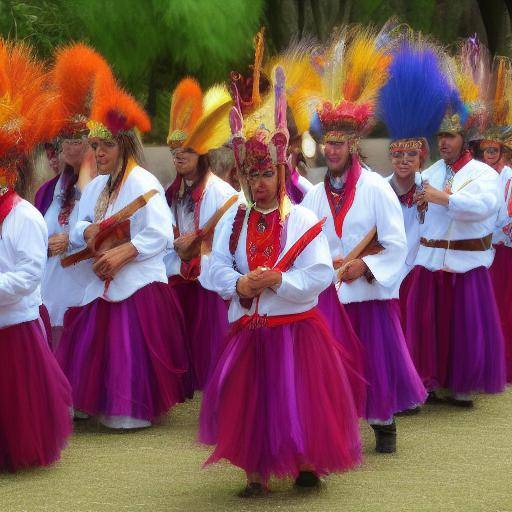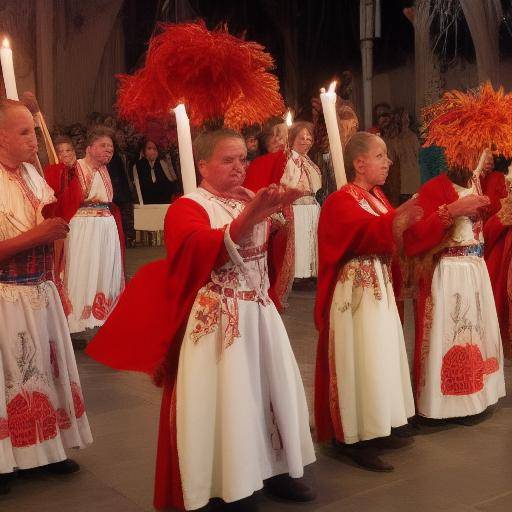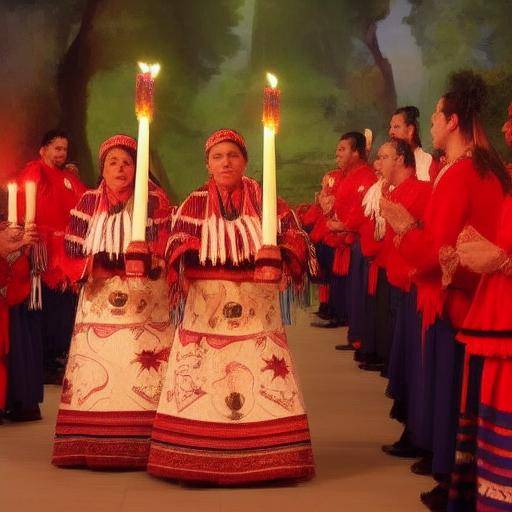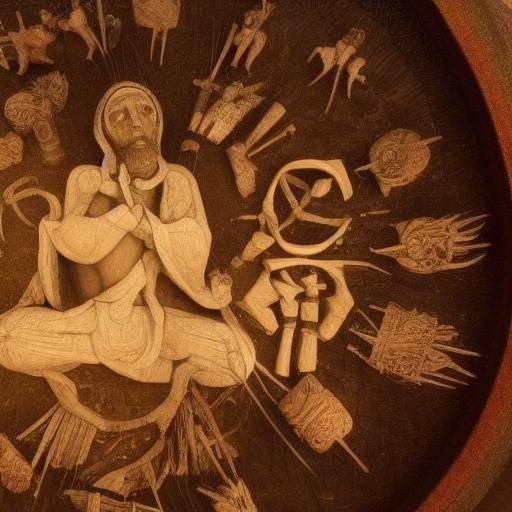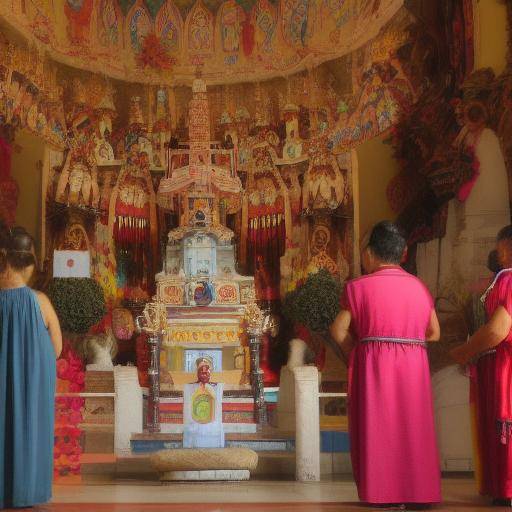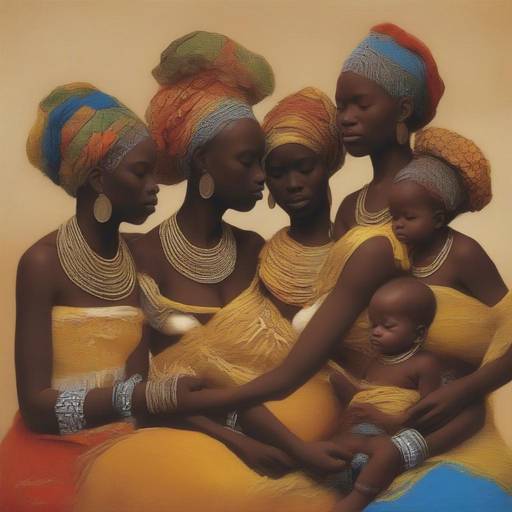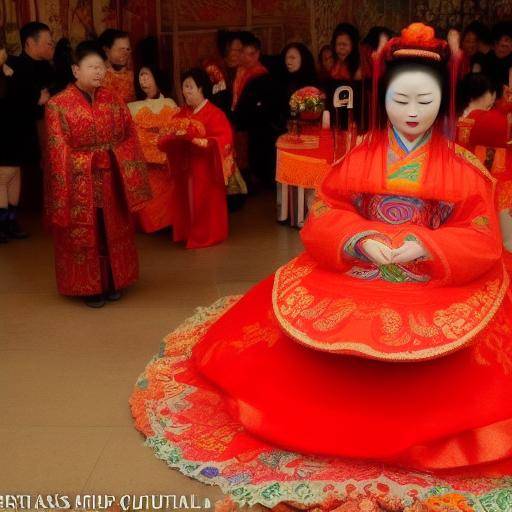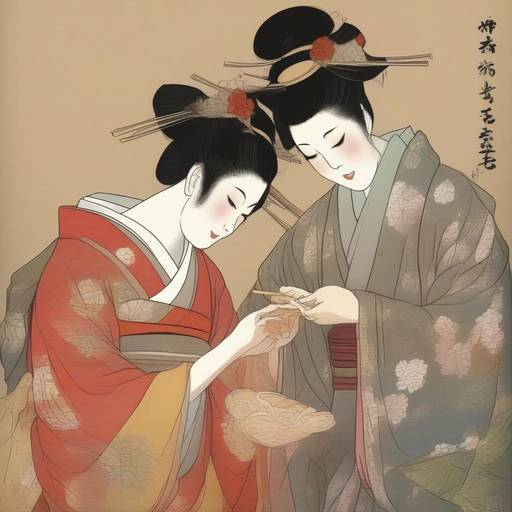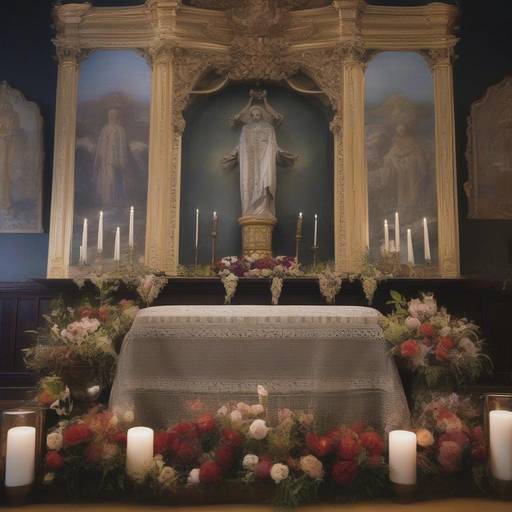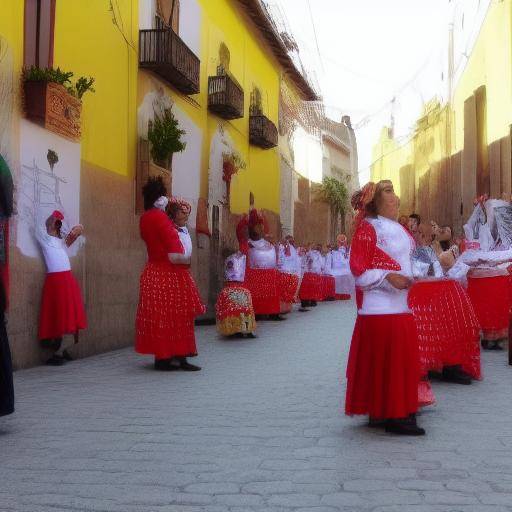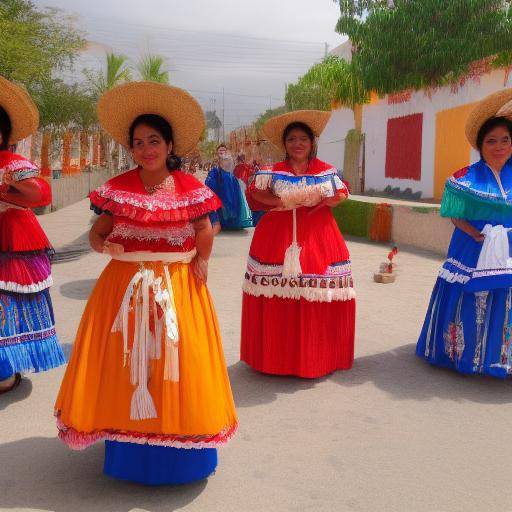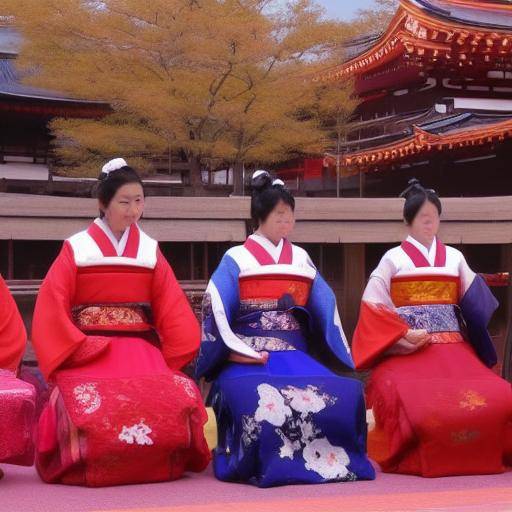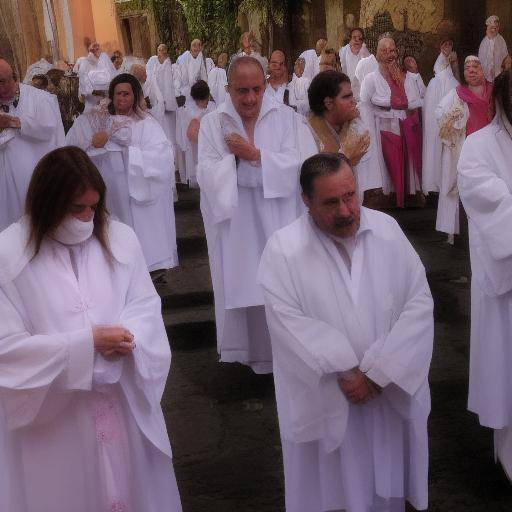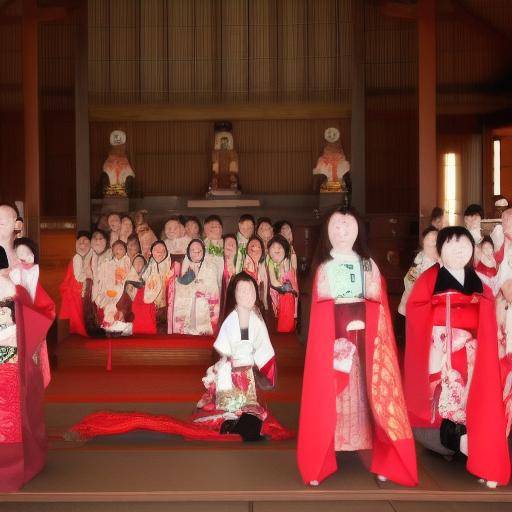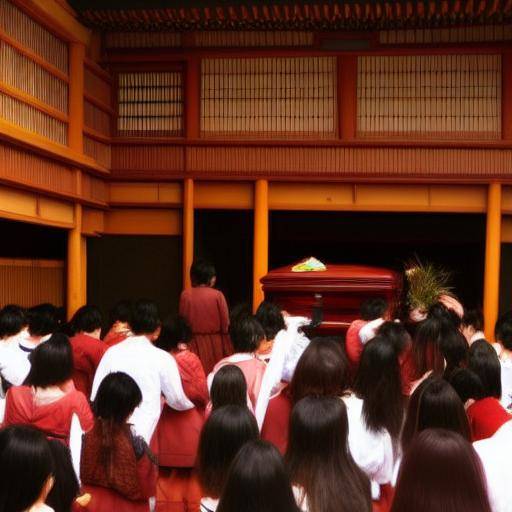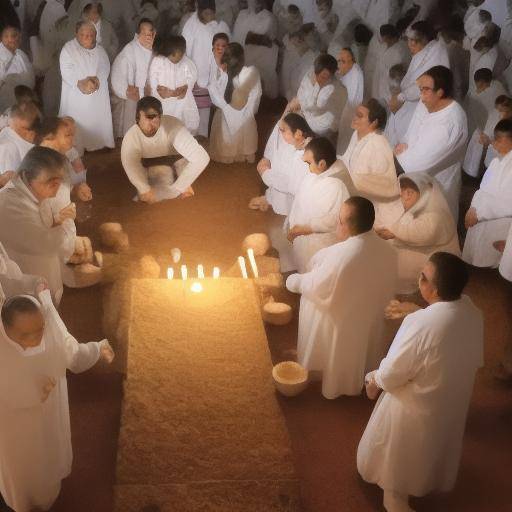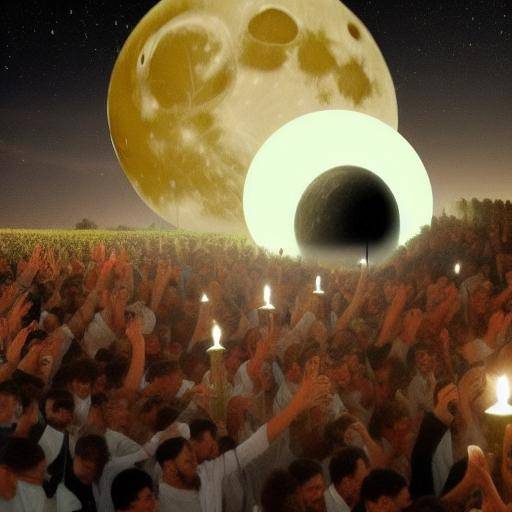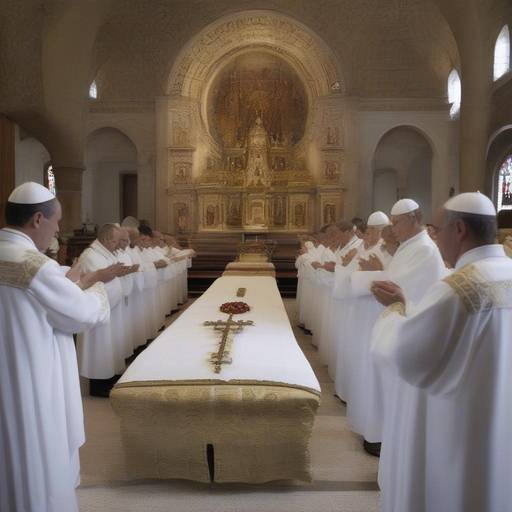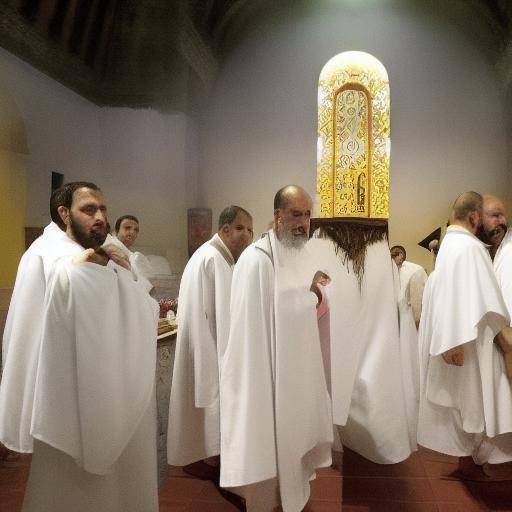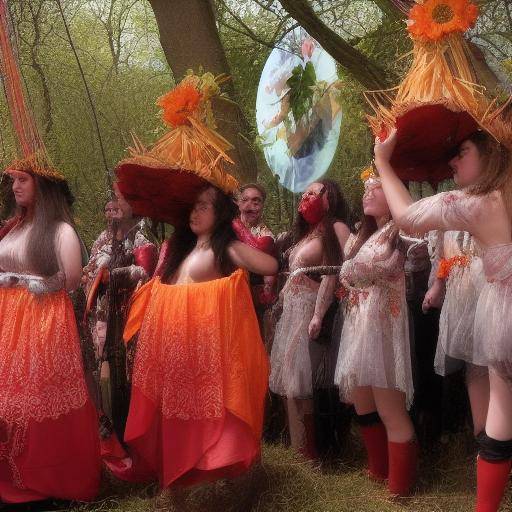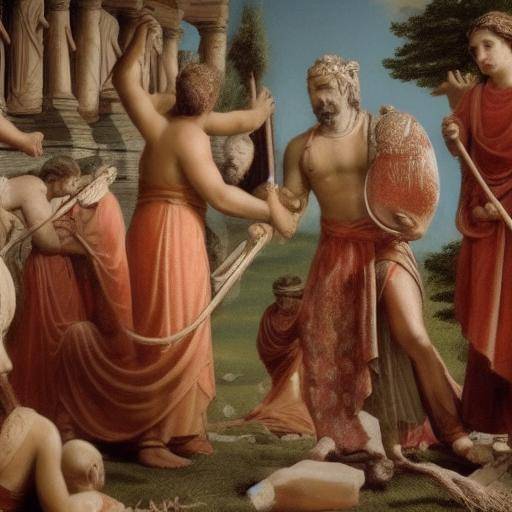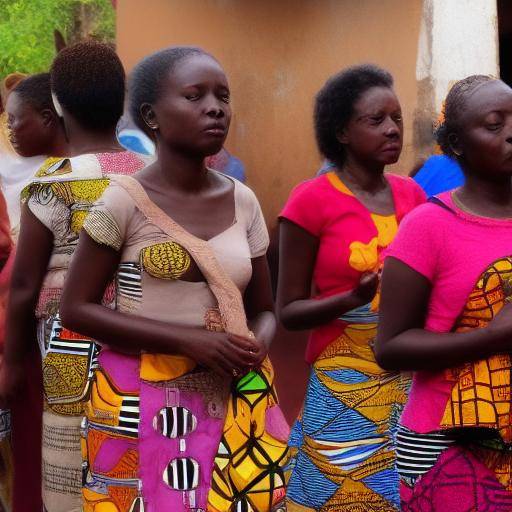
Introduction: The Mysterious Ritual of Bloody Mary
It's Halloween night. The brave teenagers challenge each other to invoke Bloody Mary, the tormented spirit that, according to urban legend, lurks in the mirrors. This chilling ritual, which has possessed the popular imagination, is known for its ability to infuse fear in the hearts of those who dare to call its name repeatedly in front of a mirror in penumbra. What's behind this frightening game? What connections exist between this creepy ritual, baths and even the teen psyche? In this article, we will discover the mysteries surrounding Bloody Mary, we will explore her history, her psychological potential and her cultural relevance.
History and Background
The phenomenon of Bloody Mary dates back to time immemorial, with stories that vary according to different traditions and cultures. It is speculated that its origin is found in ancient rituals of invocation of spirits through mirrors. Later, in the 1970s, the legend of Bloody Mary acquired a more gloomy character and was popularized as a recreational activity at teenage parties and meetings.
The sense of the macabre and supernatural that Bloody Mary embodies has permeated not only in popular culture, but also in the collective psyche. Psychological explanations to this phenomenon often emphasize the fear of the unknown and the impact of myths and legends on the human mind.
Analysis in Deep
The realization of rituals or baths like that of Bloody Mary can be interpreted from multiple perspectives. On the one hand, there is a link with ancestral practices of invocation of spirits present in various cultures. On the other hand, from a psychological perspective, the participation of adolescents in this type of rituals could be associated with the search for intense emotions and experimentation with fear, common elements in the emotional development of this stage of life.
From a psychological point of view, the Bloody Mary phenomenon can be analyzed as a manifestation of the desire of adolescents to face their fears in a controlled environment. The dark room, mirror and repeated name create an atmosphere of tension that allows participants to explore their emotional limits and their response to fear. In addition, this ritual can serve as a form of social cohesion among adolescents, creating a sense of belonging and shared adventure.
Comprehensive review
While the Bloody Mary ritual can be considered by many as a play or recreational activity, its involvement in adolescent psychology and its relationship with spirit-invocation practices in different cultures merit a deeper analysis. Moreover, the fact that this type of ritual continues to persist over time raises questions about its impact on the emotional sphere of adolescents and its influence on the formation of beliefs.
Bloody Mary's stories have been transmitted from generation to generation, suggesting a persistent fascination with the supernatural and a need to explore the unknown. These rituals can influence the formation of beliefs in the paranormal and affect the perception of adolescents about reality and fiction.
Comparative analysis
Compareing the Bloody Mary ritual with other similar rituals can shed light on the similarities and differences between these practices. For example, the game of "Hombre del Saco" or the invocation of "Candyman" in American culture also involve the repetition of a name in a mirror, suggesting a pattern in the way these rituals of fear are structured. In addition, exploring the way in which each culture addresses the invocation of spirits or contact with the supernatural would provide an enriching perspective to understand the transcendence of these rituals in everyday life.
In Japan, the game of "Hitori Kakurenbo" or solo hiding also involves the invocation of spirits through a specific ritual, which indicates a universal fascination with the idea of contacting the beyond. The comparison of these rituals reveals both the cultural similarities in the search for the paranormal and the differences in the interpretation and execution of these games.
Future and Conclusion Councils
For parents and educators, it is important to provide guidance and emotional education to adolescents, promoting a critical understanding of these practices. Addressing this type of topic from a didactic perspective can help young people develop a reflective approach to their choices and behaviors.
Conclusions
The Bloody Mary ritual, although it may seem like a simple children's game, encloses a complex network of cultural and psychological meanings. Its persistence over time and its ability to infuse fear and fascination reflect the lasting power of urban legends and myths in the human psyche. By exploring these rituals and understanding their implications, we can get a deeper view of the fears and desires that underlie human nature.
Frequently asked questions
What is the Bloody Mary ritual?
The Bloody Mary ritual is an urban legend that involves the invocation of a spirit by repeating its name several times in front of a mirror in a dark room. Bloody Mary's spirit is believed to appear in the mirror and can scare or attack those who perform the ritual.
What is the origin of Bloody Mary's legend?
Bloody Mary legend has its roots in ancient rituals of invocation of spirits through mirrors. It was popular in the 1970s as a recreational activity among adolescents, although its exact origins are uncertain and vary according to culture and region.
Why are teenagers interested in rituals like Bloody Mary?
Teens may be attracted to rituals such as Bloody Mary because of the search for intense emotions and the exploration of their fears in a controlled environment. These rituals can also serve as a form of social cohesion and shared adventure among friends.
Are there risks when performing the Bloody Mary ritual?
Although there is no evidence that the Bloody Mary ritual is dangerous, the game can cause fear and anxiety in some people. It is important for those involved in such activities to do so in a conscious and respectful manner, avoiding situations that may cause emotional or psychological harm.
How can parents and educators address the issue of Bloody Mary with teenagers?
Parents and educators can address the issue of Bloody Mary by providing information on the history and context of the ritual, as well as by fostering a critical and reflective understanding of these practices. It is important to discuss the fears and emotions associated with these rituals and provide emotional support to adolescents.
What other urban legends are similar to that of Bloody Mary?
Other urban legends similar to that of Bloody Mary include the "Hombre del Saco" and "Candyman" in American culture, as well as "Hitori Kakurenbo" in Japan. These stories also involve the invocation of spirits or entities through specific rituals, reflecting a universal fascination with the supernatural.
With this exploration of the Bloody Mary ritual, we have unraveled the mysteries and meanings behind this popular urban legend. By understanding the cultural and psychological roots of these rituals, we can better appreciate the power of stories and myths in the formation of our beliefs and fears.



